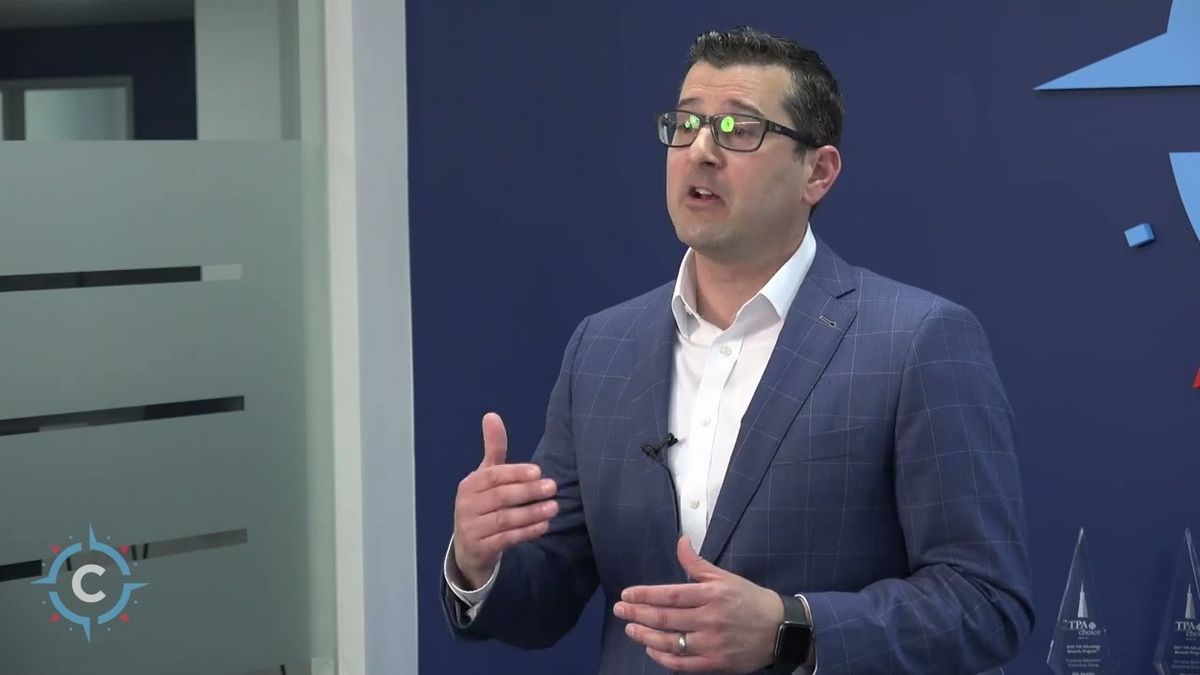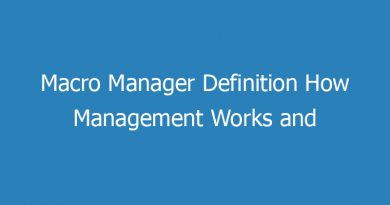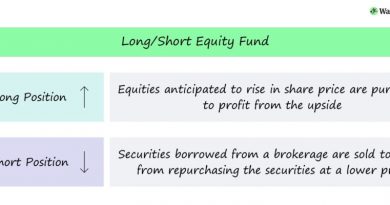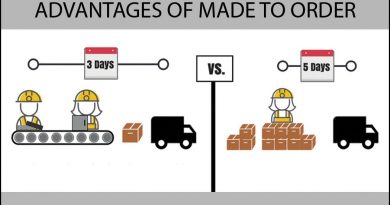Understanding Qualified Automatic Contribution Arrangement QACA

Qualified Automatic Contribution Arrangements (QACAs) are a rule established under the Pension Protection Act of 2006 to increase worker participation in self-funded retirement plans, such as 401(k)s, 403(b)s, and deferred compensation 457s. QACAs automatically enroll workers in the plans at a deferral rate of 3% or higher, unless employees choose to opt out.
Here are the key takeaways:
-QACAs are automatic-enrollment retirement plans offered by employers.
-Employees are automatically enrolled with a matching contribution unless they choose to leave the plan.
-QACAs have "safe harbor" provisions that exempt them from actual deferral percentage (ADP) testing requirements.
-A QACA must specify uniform minimum default percentages, starting at 3%, that increase annually for participating employees.
Encouraging retirement savings at work has been a problem, with low plan enrollment and contribution levels. Nobel Prize-winning economist Richard Thaler’s research suggests that default options significantly impact choices.
To address this issue, opt-out plans have been implemented, where employees are automatically enrolled but can choose to stop participating. It’s important to note that funds withheld from paychecks may be used for QACAs and other automatic-enrollment retirement plans.
While opt-out plans raise participation rates, the default contribution levels often fall short of sufficient retirement savings. Employees often fail to take action on their own and don’t save enough. To counter this, some employers increase the contribution rate by 1% annually. However, this may still not be enough to meet retirement goals.
As of 2022, employers must either contribute 100% of an employee’s contribution up to 1% of their compensation and provide a 50% matching contribution for contributions above 1% (up to 6%), or deliver a non-elective contribution of 3% of compensation to all participants.
QACAs allow for a two-year vesting period for employer contributions. Employees must receive proper notification and have the option to choose a different contribution level or opt out.
QACAs also have "safe harbor" provisions that exempt them from nondiscrimination testing requirements for actual deferral percentage (ADP) and actual contribution percentage (ACP). They also cannot distribute required employer contributions due to an employee’s financial hardship.
QACAs and EACAs are two options for employers looking to implement an automatic contribution arrangement. EACAs have a uniformly applied default percentage for all employees, with no withdrawal restrictions, while QACAs provide safe harbor provisions but have increasing default contribution percentages and vesting requirements.
With QACAs, employer contributions may not be fully vested automatically and can be subject to a two-year vesting period.
QACAs increase participation rates for retirement plans, but many participants still don’t save enough in the long term, sticking with the low default contributions.
An automatic contribution notice is a notification from an employer that an employee has been enrolled in either an EACA or a QACA. Employers must provide this notice 30 to 90 days before the plan year begins or on the hiring date for plans that automatically enroll employees on their first day.
Overall, understanding QACAs is crucial for both employees and employers in establishing effective retirement savings plans.



